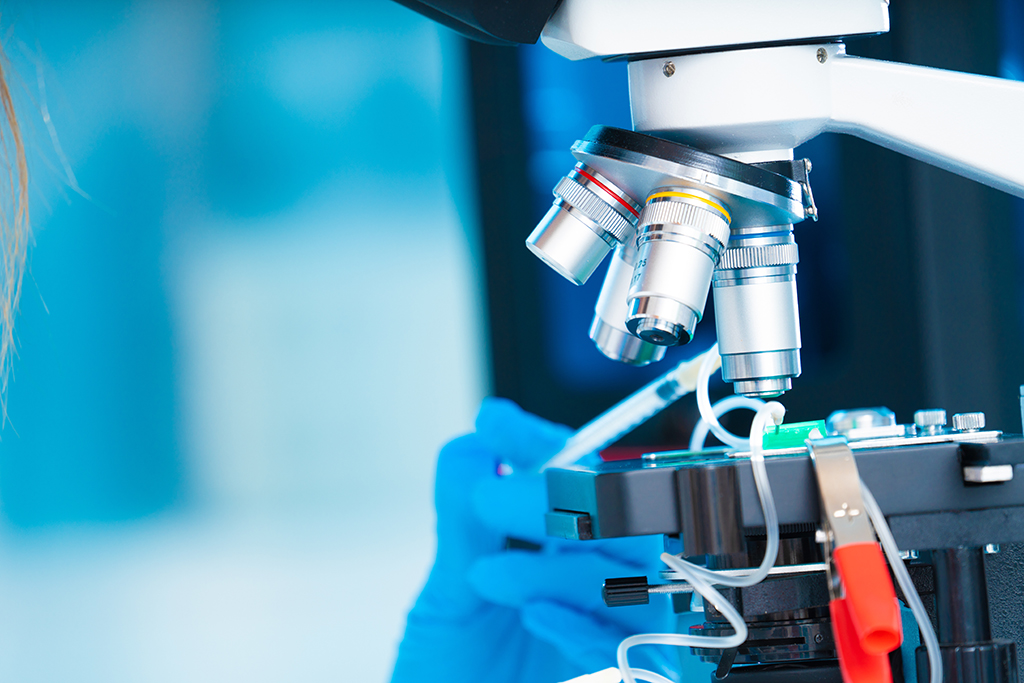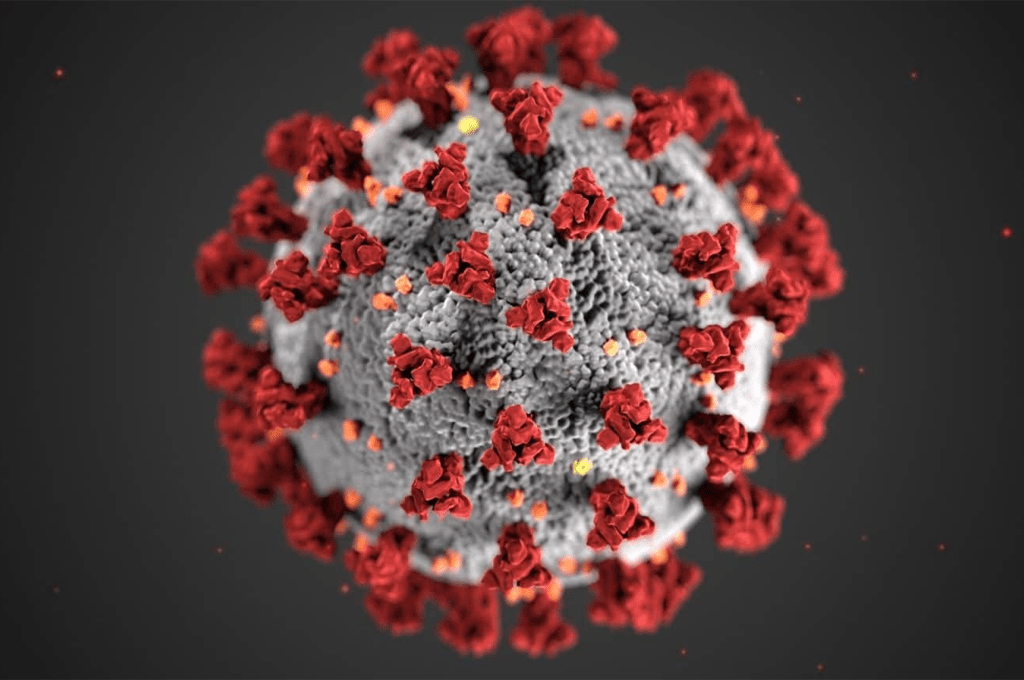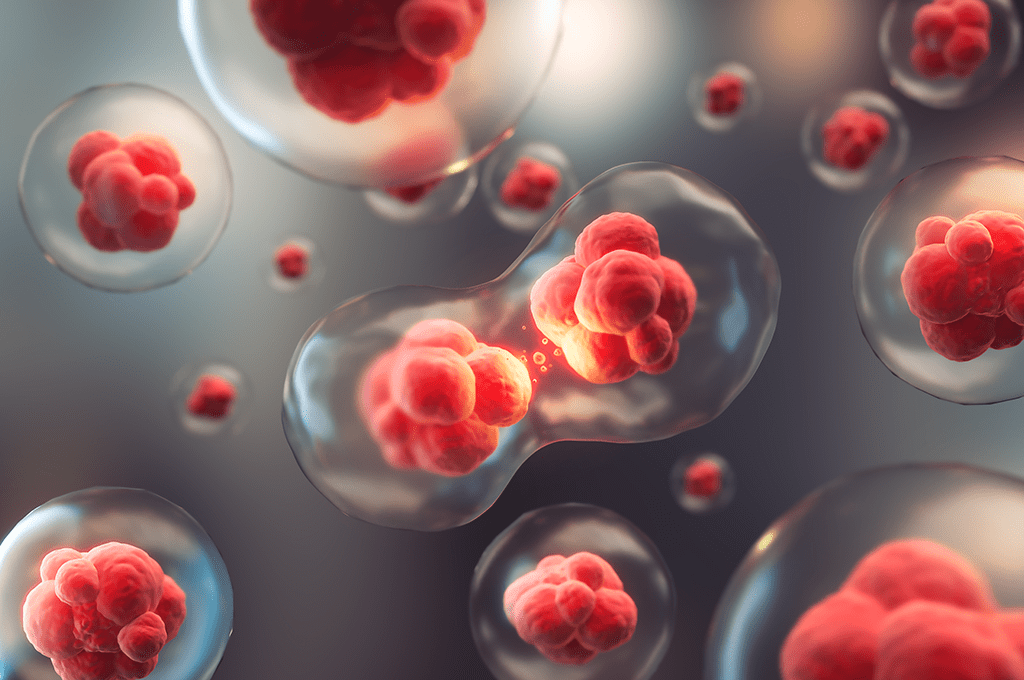Automating multiplexed in situ sequencing by adapting existing microfluidic tool
Advancements in the automation of multiplex in situ sequencing (ISS), a technique that allows visualization of gene expression of thousands of genes in entire tissue sections, helps bringing automation of the technique closer to mainstream use.
In a recent study, led by Mats Nilsson (SciLifeLab / Stockholm University), a new approach towards automated in situ sequencing is demonstrated. By adaptation of an existing microfluidic tool, the group managed to cut down the conventional manual protocol time from 6 to 2 days.
In situ sequencing, which falls under the category Spatial transcriptomics, has proven to be very useful in understanding biological processes and disease progression, especially for cancer diagnostics. An automated microfluidic tissue processor, such as the one demonstrated in the study, could greatly enhance the potential of ISS, paving way to faster and more effective therapies.
This could also motivate other researchers to adapt and automate other spatial transcriptomic assays promoting their use in the scientific community.





